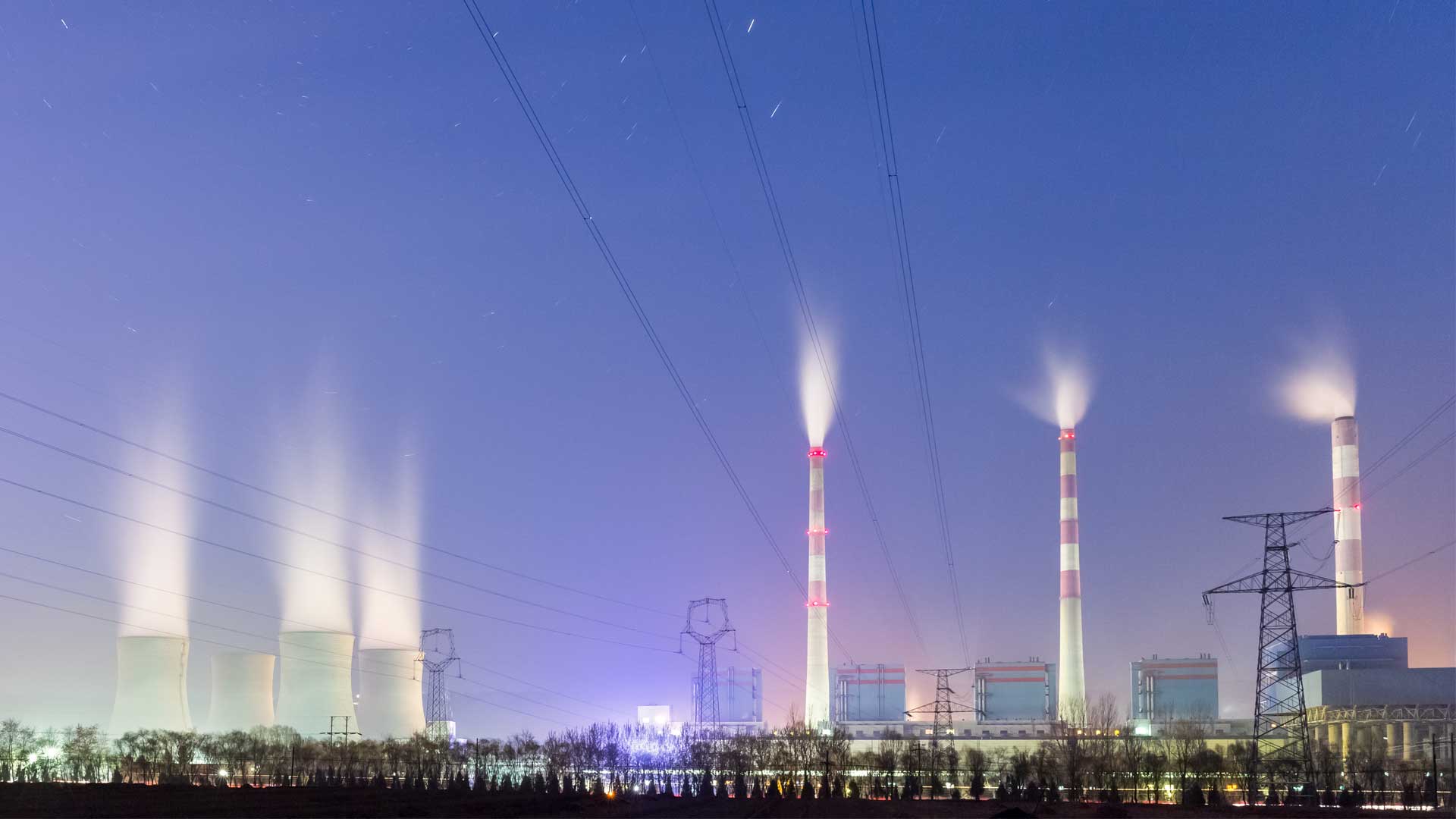The consultation process by the Environmental Protection Agency (EPA) on its greenhouse gas emissions assessment guidance is a step in the right direction towards a better informed and more practical approach to emissions.
The Chamber of Minerals and Energy of Western Australia (CME) Chief Executive Paul Everingham said despite attempts by some campaigners to flood the EPA with 6,655 pro forma submissions, it was encouraging that 293 private citizens, organisations, companies, industry bodies and academic and community groups had made the effort to provide individual submissions.
Mr Everingham said the resources sector welcomed the consultation process and was hopeful of a sensible outcome that supports a national framework and Australia’s global commitments.
“CME has consistently maintained that greenhouse gas emissions is a complex and profound policy issue that needs to be addressed at a national level through a consistent framework,” he said.
“There is a need to transition to a lower emissions economy but it can’t happen overnight. Many of our members are already adopting low emission technology and working towards the Paris Agreement. In many instances, this is without Government intervention and is driven by a continuous innovation mindset underpinned by sustainable development strategies and shareholder expectations.
“The actions being undertaken vary widely ranging from fundamental research to drive technology innovation and step-change in industrial processes, to energy and efficiency improvements, to improved natural resource usage and waste minimisation, to large-scale carbon capture and storage to tree planting.”
Some examples of CME’s members meaningfully reducing greenhouse gas emissions include:
- Chevron Australia has announced the safe start up and commencement of operations for its Gorgon carbon dioxide reinjection system. Once fully operational, this system is designed to capture at least 80 per cent of Gorgon’s reservoir carbon dioxide resulting in an overall 40 per cent reduction in greenhouse gas emissions for the project. This system is one of the largest carbon capture and storage systems ever constructed and represents a significant step forward for at scale application of this technology.
- In 2008, Woodside Energy’s Pluto LNG project implemented a pioneering offsets program, investing more than $100 million in what was at the time Australia’s largest commercial offsets program. Through an innovative collaboration with CO2 Australia, over 40 million drought-resistant, native Australian blue mallee trees have been planted across more than 17,000 hectares. At the end of 2018, these plantations had sequestered over 850,000 tonnes of CO2.
- Gold Fields’ Agnew Gold Mine is currently installing a renewable microgrid which will consist of five wind turbines delivering an 18 MW wind farm, a 10,000 panel 4 MW solar farm and a 13 MW/4 MWh Battery Energy Storage System with security and reliability of a microgrid underpinned with a 16 MW gas engine power station.
- Alcoa and Rio Tinto, in partnership with Apple and the Government of Canada and the Government of Quebec, are investing in a revolutionary process to make aluminium that produces only oxygen and eliminates all direct greenhouse gas emissions from the traditional smelting process. The traditional smelting process uses carbon anodes, the consumption of which results in carbon dioxide emissions. To advance larger scale development and commercialisation of the new process, Alcoa and Rio Tinto have formed Elysis, a joint venture company to further develop the new process with a technology package ready for market in 2024. Approximately C$188 million has been committed through the partnership to advance this technology.
Mr Everingham said in order to pursue lowest cost abatement, the WA resources sector needs flexibility to adopt differing approaches based on their portfolio of assets, risk profile and competitive advantages.
“Regulatory interventions that constrain or prohibit this flexibility risk stifling innovation and technology advancements which are fundamental to drive a sustained lowering of emissions in the long-run,” he said.
“Any guidance developed by the EPA must support flexibility and innovation, and should not be prescriptive.
“Gas is a major part of the transition to a cleaner energy future. The guidelines that were released in March would have negatively impacted WA gas projects and potentially prevented some projects proceeding. This would put at risk billions of dollars of investment, thousands of cleaner energy jobs and damage the very industry that is helping WA and the world to transition to a clean energy future.”
In 2017-18, the value of Western Australia’s mineral and petroleum industry was $115 billion. Iron ore is currently the State’s most valuable commodity at $61 billion. Petroleum products – including crude oil, condensate, liquefied natural gas, liquefied petroleum gas and natural gas, followed at $26 billion, with gold third at $11 billion. Both commodities saw an increase in value of 39 and 5 per cent respectively from the previous financial year.
Contributing to a third of the State’s total industry Gross Value Added, the resources sector is a major contributor to both the State and Australian economy. The value of royalties received from the sector in 2018-19 totalled $6.2 billion, accounting for 20 per cent of State Government revenue.


